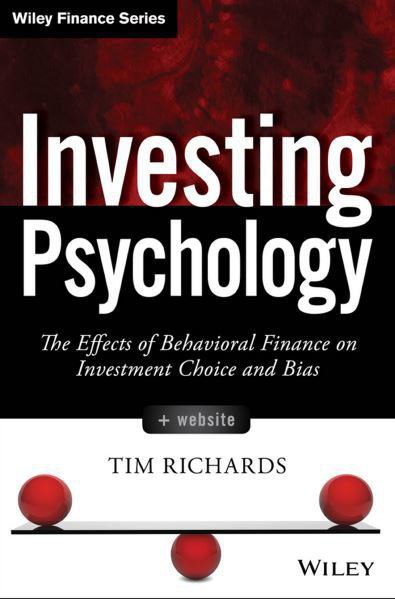Investing Psychology: Unraveling Behavioral Bias in Investment Decisions
Introduction
For many financial professionals and individual investors, behavioral bias is the largest single factor behind poor investment decisions. Our brains, wired to keep us alive, often work against us in the complex world of finance. In his book “Investing Psychology,” Tim Richards explores how behavioral biases impact our investment choices and provides practical strategies to overcome them.
Key Takeaways
- Understanding Behavioral Bias
- Behavioral bias affects everyone, from novices to seasoned investors.
- Conventional financial wisdom is often based on myths.
- Our brain perceives financial realities differently, leading to suboptimal decisions.

- Minimum Deposit and Currency Choice
- Minimum Deposit: The book doesn’t prescribe a specific minimum deposit. However, it emphasizes that starting with a manageable amount reduces emotional stress.
- Currency Choice: The choice of currency depends on your location and trading preferences. Stick to major currency pairs (e.g., EUR/USD, GBP/JPY) for liquidity and stability.
- Time Frame
- Short-Term Trading: If you’re an active trader, focus on short-term time frames (e.g., intraday or swing trading).
- Long-Term Investing: For long-term investors, consider daily or weekly charts.
- Behavioral Strategies
- Avoid Emotional Trading: Don’t trade when you’re emotional, tired, or hungry.
- Track Your Results: Regularly assess your performance and adjust your strategy.
- Don’t Compete with Institutions: Retail traders can’t outperform large institutions consistently.






